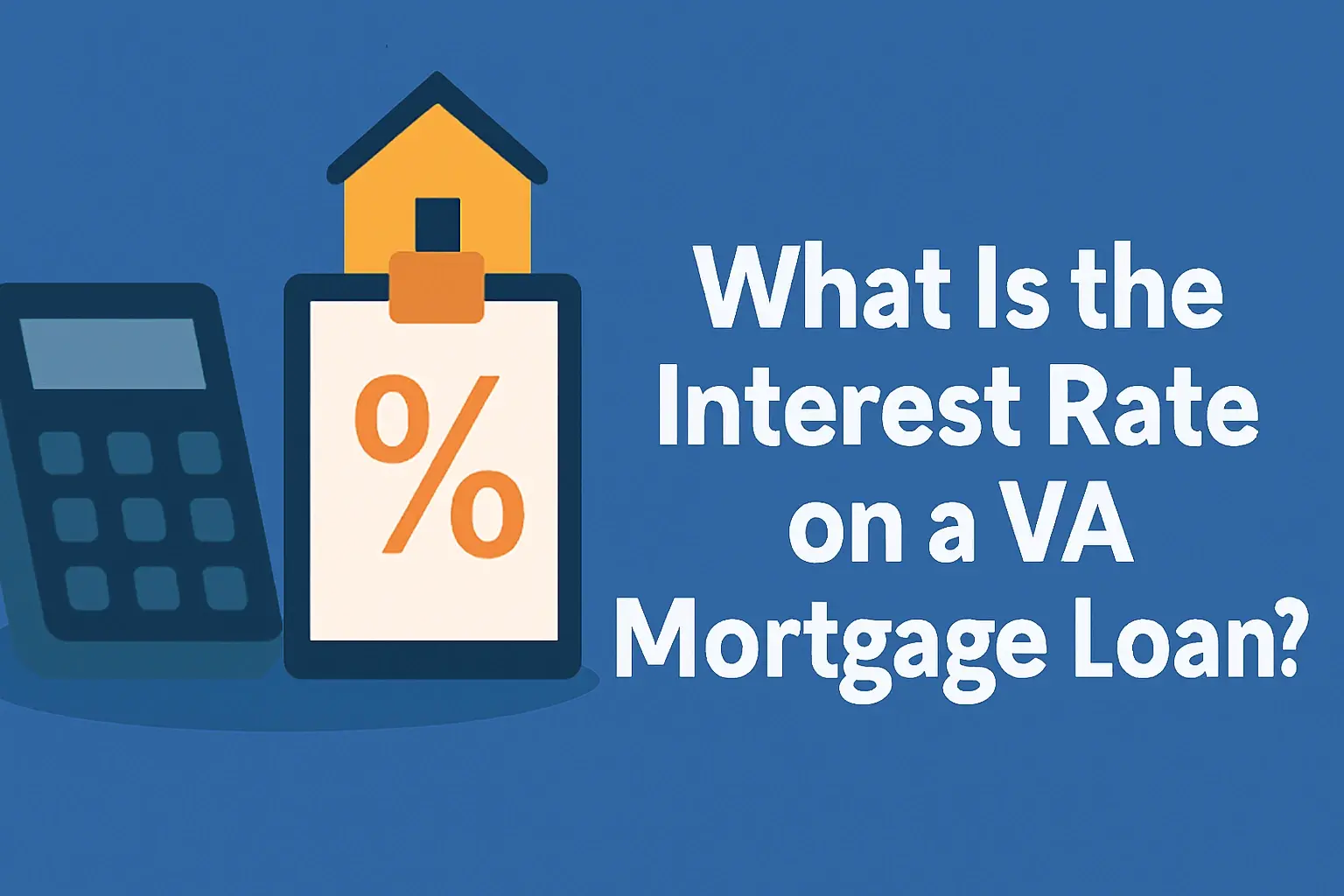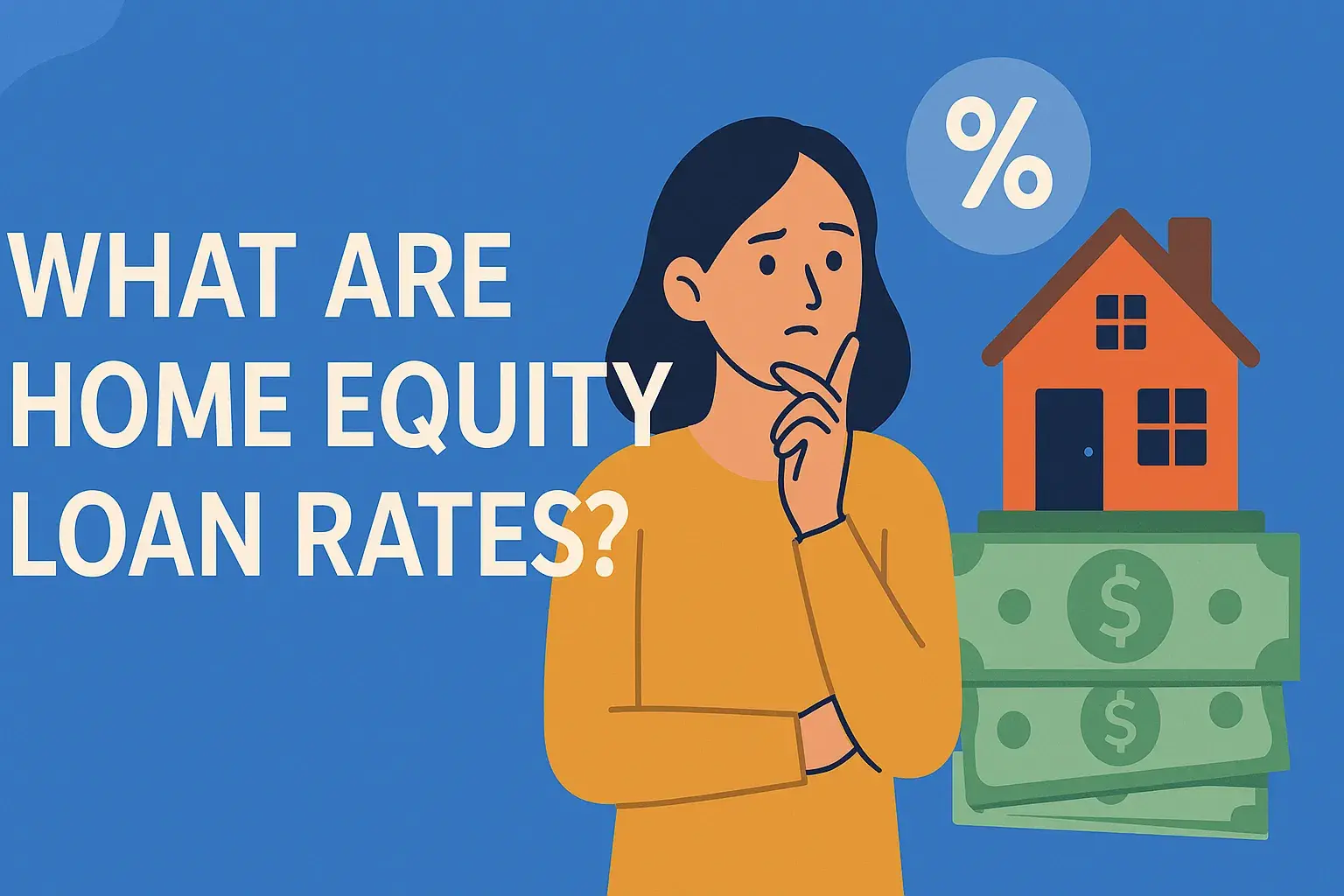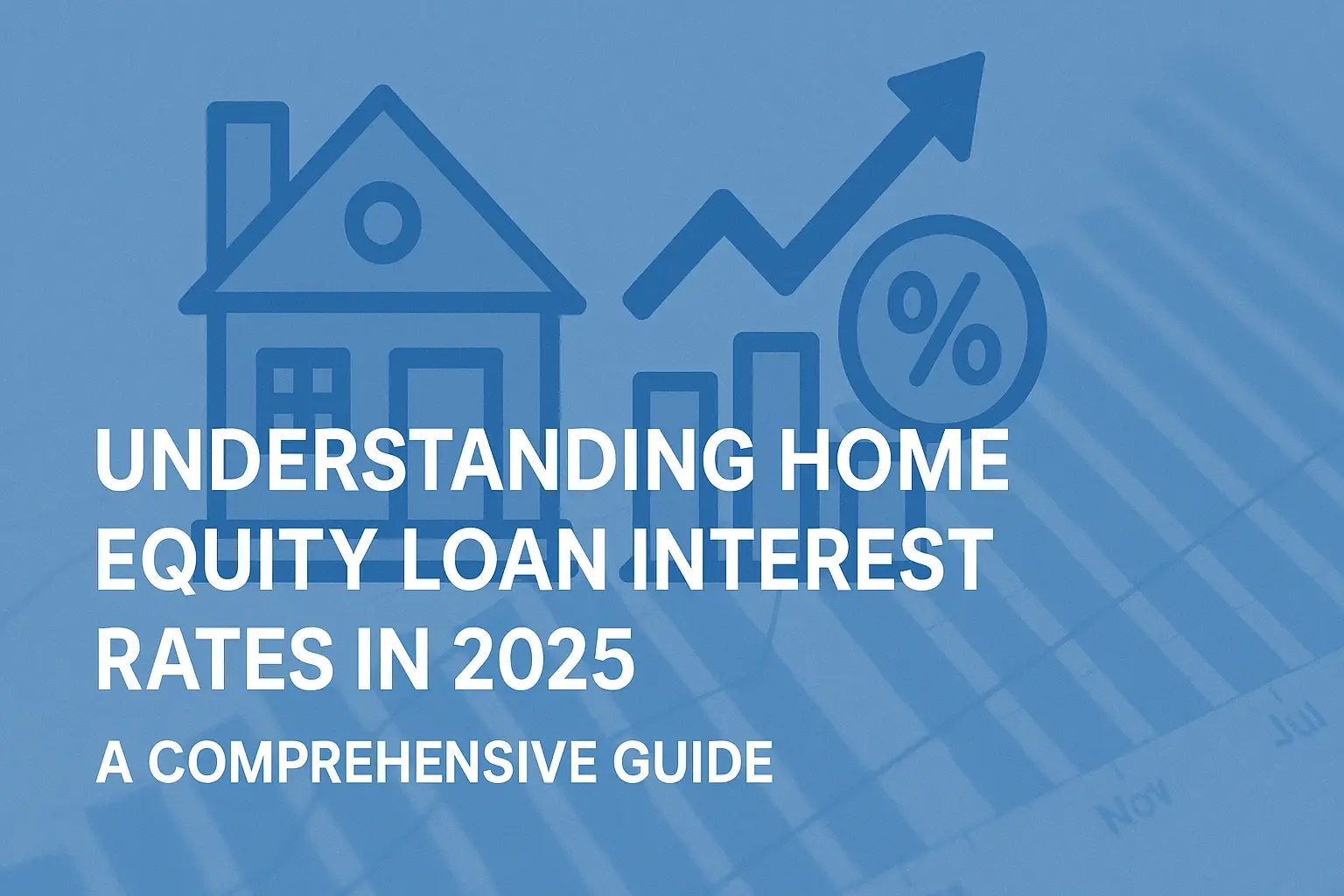-
Posted on: 23 Aug 2024

-
Buying a home is a significant milestone in life. For most people, it involves securing a home loan, also known as a mortgage. The process can seem daunting, but understanding the steps involved can make it much smoother. This guide will walk you through everything you need to know about applying for a home loan, from preparing your finances to closing the deal.
1. Determine Your Home Affordability
Before you even start looking at houses, it's crucial to understand how much you can realistically afford. Overextending yourself financially can lead to stress and potential foreclosure down the line.
1.1 Assess Your Income and Expenses
Calculate your monthly income and subtract your monthly expenses. This will give you a rough idea of how much disposable income you have available for a mortgage payment. Don't forget to factor in property taxes, homeowner's insurance, and potential homeowner's association (HOA) fees.
1.2 Consider the 28/36 Rule
The 28/36 rule is a common guideline used by lenders. It suggests that your monthly housing costs (including mortgage payment, property taxes, and insurance) should not exceed 28% of your gross monthly income. Additionally, your total debt payments (including housing costs, car loans, student loans, and credit card debt) should not exceed 36% of your gross monthly income.
1.3 Use a Mortgage Affordability Calculator
Online mortgage affordability calculators can help you estimate how much you can borrow based on your income, debt, down payment, and interest rates. Several reliable calculators are available on bank and financial websites.
2. Check Your Credit Score
Your credit score is a crucial factor in determining your eligibility for a home loan and the interest rate you'll receive. A higher credit score typically translates to lower interest rates and better loan terms.
2.1 Obtain Your Credit Report
You are entitled to a free credit report from each of the three major credit bureaus (Equifax, Experian, and TransUnion) once a year at AnnualCreditReport.com. Review your reports carefully for any errors or inaccuracies.
2.2 Understand Credit Score Ranges
Credit scores typically range from 300 to 850. Here's a general breakdown:
- Excellent: 750+
- Good: 700-749
- Fair: 650-699
- Poor: 550-649
- Very Poor: Below 550
2.3 Improve Your Credit Score
If your credit score is lower than you'd like, there are several steps you can take to improve it:
- Pay your bills on time, every time.
- Keep your credit card balances low.
- Avoid opening too many new credit accounts at once.
- Dispute any errors you find on your credit report.
3. Save for a Down Payment
The down payment is the initial amount of money you pay towards the purchase of a home. Traditionally, a 20% down payment was the standard, but many lenders now offer loans with lower down payment options.
3.1 Determine Your Down Payment Amount
The amount of your down payment will affect your loan amount, interest rate, and whether you'll need to pay private mortgage insurance (PMI).
3.2 Understand the Pros and Cons of Lower Down Payments
Lower down payments make homeownership more accessible, but they also come with potential drawbacks:
- Higher interest rates
- Requirement for PMI (Private Mortgage Insurance), which adds to your monthly payment
- Less equity in your home
3.3 Explore Down Payment Assistance Programs
Many states and local communities offer down payment assistance programs to help first-time homebuyers and those with low to moderate incomes. Research these programs to see if you qualify.
4. Get Pre-Approved for a Mortgage
Getting pre-approved for a mortgage is a crucial step in the home buying process. It involves submitting your financial information to a lender and receiving a conditional commitment for a loan amount. This shows sellers that you're a serious buyer and gives you a better idea of your budget.
4.1 Gather Required Documentation
When applying for pre-approval, you'll typically need to provide the following documents:
- Proof of income (pay stubs, W-2s, tax returns)
- Bank statements
- Credit report
- Asset statements (investment accounts, retirement accounts)
- Identification (driver's license, social security card)
4.2 Shop Around for the Best Rates and Terms
Don't settle for the first pre-approval you receive. Shop around with multiple lenders to compare interest rates, fees, and loan terms. Getting multiple quotes can save you thousands of dollars over the life of the loan.
4.3 Understand the Pre-Approval Letter
A pre-approval letter is not a guarantee of loan approval. It's a conditional commitment based on the information you provided. The lender will still need to verify your information and appraise the property before issuing final approval.
5. Find Your Dream Home
Once you're pre-approved, you can start the exciting process of searching for your dream home. Work with a real estate agent to find properties that meet your needs and budget.
5.1 Work with a Real Estate Agent
A real estate agent can help you navigate the home buying process, find properties that match your criteria, negotiate offers, and manage paperwork.
5.2 Attend Open Houses and Schedule Showings
Attend open houses and schedule private showings to view properties that interest you. Take notes and assess the condition of the home, its location, and its suitability for your needs.
5.3 Make an Offer
When you find a home you love, your real estate agent will help you prepare and submit an offer to the seller. The offer will include the purchase price, terms of the sale, and any contingencies (such as a home inspection or financing contingency).
6. Officially Apply for the Home Loan
After your offer is accepted, it's time to officially apply for the home loan. This involves providing more detailed information and documentation to the lender.
6.1 Complete the Loan Application
The loan application will require detailed information about your finances, employment history, and the property you're purchasing. Be prepared to provide additional documentation as requested by the lender.
6.2 Provide All Required Documentation
The lender will verify the information you provided during pre-approval and may request additional documentation, such as updated bank statements, pay stubs, or tax returns. Respond to these requests promptly to avoid delays.
6.3 Understand Loan Types
There are several types of home loans available, each with its own advantages and disadvantages:
- Conventional Loans: Not insured or guaranteed by the government. Typically require a good credit score and a down payment of at least 3%.
- FHA Loans: Insured by the Federal Housing Administration. Often easier to qualify for than conventional loans, with lower down payment options.
- VA Loans: Guaranteed by the Department of Veterans Affairs. Available to eligible veterans, active-duty service members, and surviving spouses. Typically require no down payment.
- USDA Loans: Guaranteed by the U.S. Department of Agriculture. Available to eligible homebuyers in rural areas.
- Adjustable-Rate Mortgages (ARMs): Interest rate is fixed for an initial period and then adjusts periodically based on a benchmark index.
- Fixed-Rate Mortgages: Interest rate remains the same throughout the life of the loan.
6.4 Pay Attention to Interest Rates and Fees
Carefully compare interest rates, loan fees, and closing costs from different lenders. A lower interest rate can save you a significant amount of money over the life of the loan.
7. Undergo Home Appraisal and Inspection
The lender will order a home appraisal to determine the fair market value of the property. You should also hire a qualified home inspector to assess the condition of the home and identify any potential problems.
7.1 Home Appraisal
The appraisal is an independent assessment of the property's value. If the appraisal comes in lower than the purchase price, you may need to renegotiate the price with the seller or find a different property.
7.2 Home Inspection
A home inspection is a thorough examination of the property's structural, mechanical, and electrical systems. The inspector will identify any defects or potential problems that could affect the value or safety of the home. You can use the inspection report to negotiate repairs with the seller.
8. Loan Underwriting and Approval
The lender will review all of your documentation and the appraisal report to determine whether to approve your loan. This process is called underwriting.
8.1 The Underwriting Process
Underwriters will verify your income, credit, and assets to ensure that you can afford the loan. They will also review the appraisal report to ensure that the property is worth the loan amount.
8.2 Final Loan Approval
If the underwriter approves your loan, you'll receive a final loan approval letter. This letter will outline the terms of the loan, including the interest rate, loan amount, and repayment schedule.
9. Close the Loan
Closing is the final step in the home buying process. It involves signing all of the necessary paperwork and transferring ownership of the property.
9.1 Review the Closing Disclosure
You'll receive a Closing Disclosure (CD) at least three business days before closing. The CD outlines all of the costs associated with the loan, including the loan amount, interest rate, monthly payment, and closing costs. Review the CD carefully to ensure that all of the information is accurate.
9.2 Attend the Closing Meeting
At the closing meeting, you'll sign all of the necessary documents, including the mortgage note, deed of trust, and other legal documents. You'll also pay the closing costs, which may include lender fees, title insurance, and recording fees.
9.3 Receive the Keys to Your New Home
Congratulations! Once you've signed all of the documents and paid the closing costs, you'll receive the keys to your new home.
10. Post-Closing Considerations
After you've closed on your home, there are a few things you should keep in mind.
10.1 Make Timely Mortgage Payments
Set up automatic payments to ensure that you never miss a mortgage payment. Late payments can damage your credit score and lead to late fees.
10.2 Maintain Your Home
Regularly maintain your home to prevent costly repairs in the future. This includes tasks such as cleaning gutters, inspecting the roof, and servicing the HVAC system.
10.3 Build Equity
As you make mortgage payments and the value of your home increases, you'll build equity. Equity is the difference between the value of your home and the amount you owe on your mortgage. Building equity can provide you with financial flexibility in the future.








